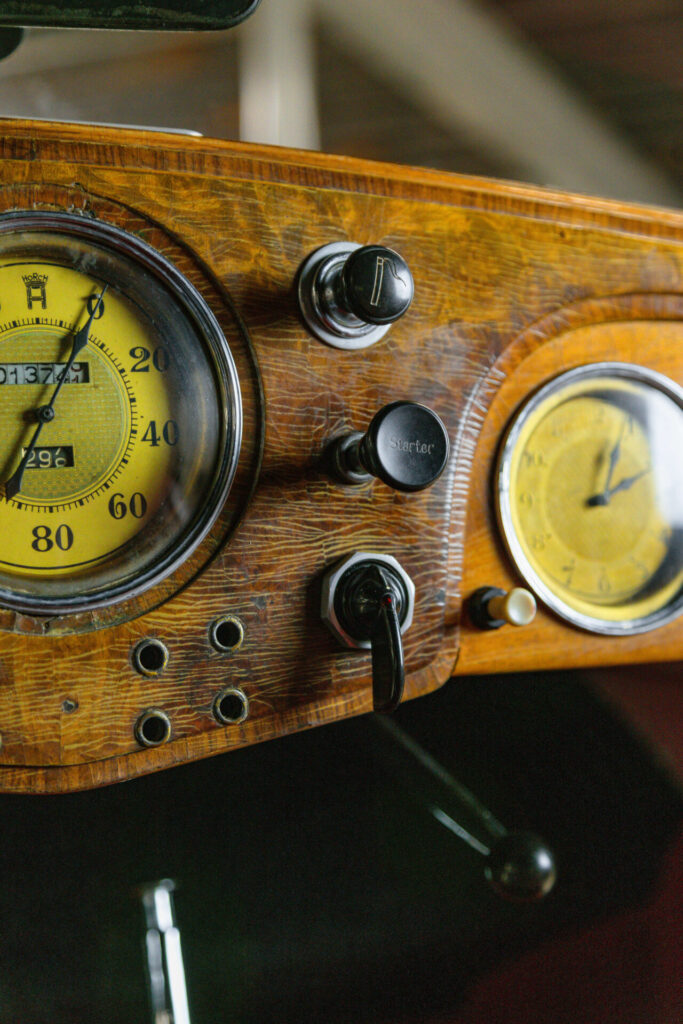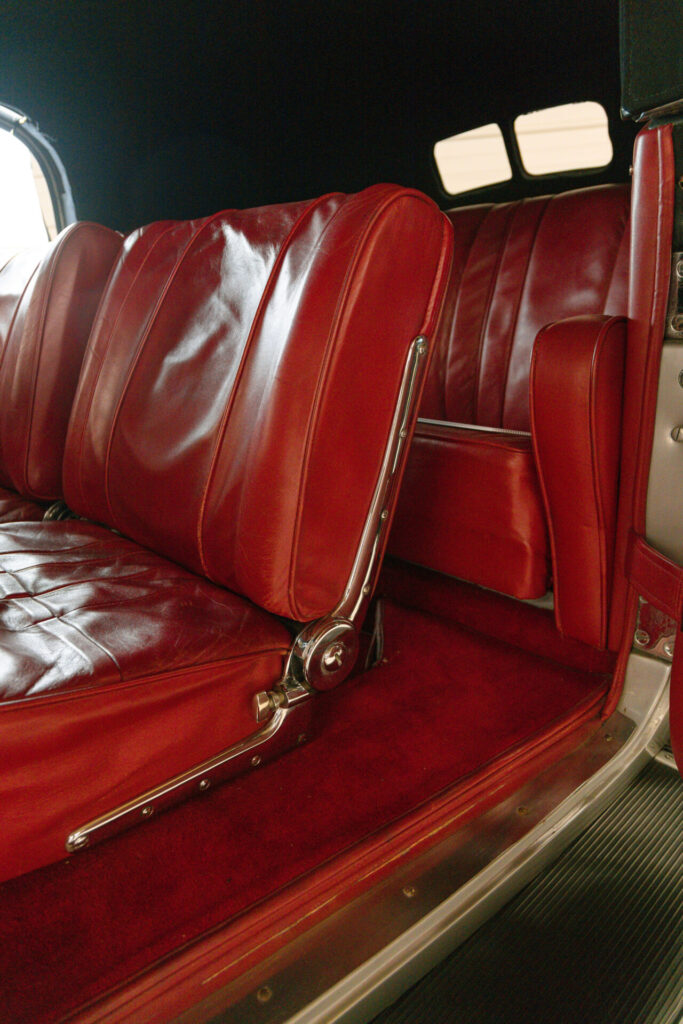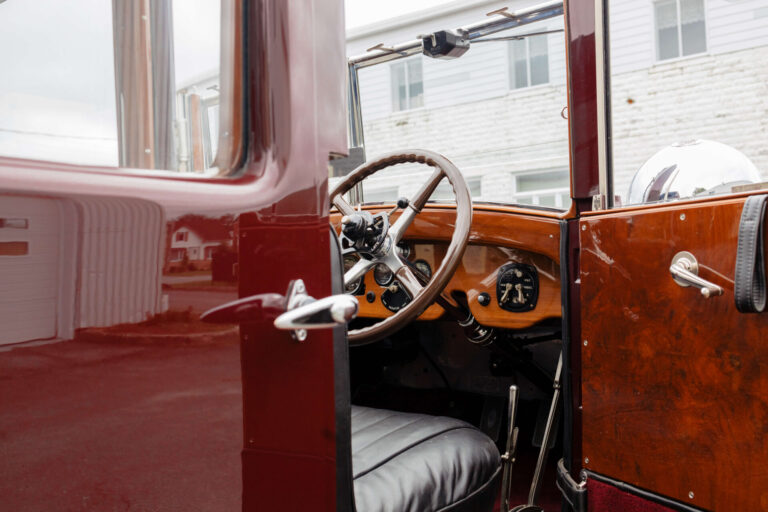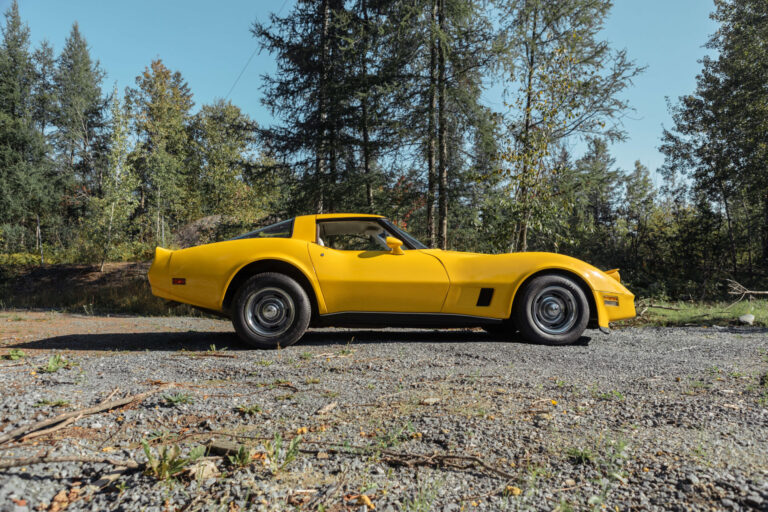The Automotive Dream “One man and his dream had not simply left the world with an engine and four wheels; Henry Ford and his Model T had influenced people's everyday lives - where they lived, how they spent their leisure time, even how they viewed themselves.” - Gary...
Horch 853 Sport Cabriolet – 1938
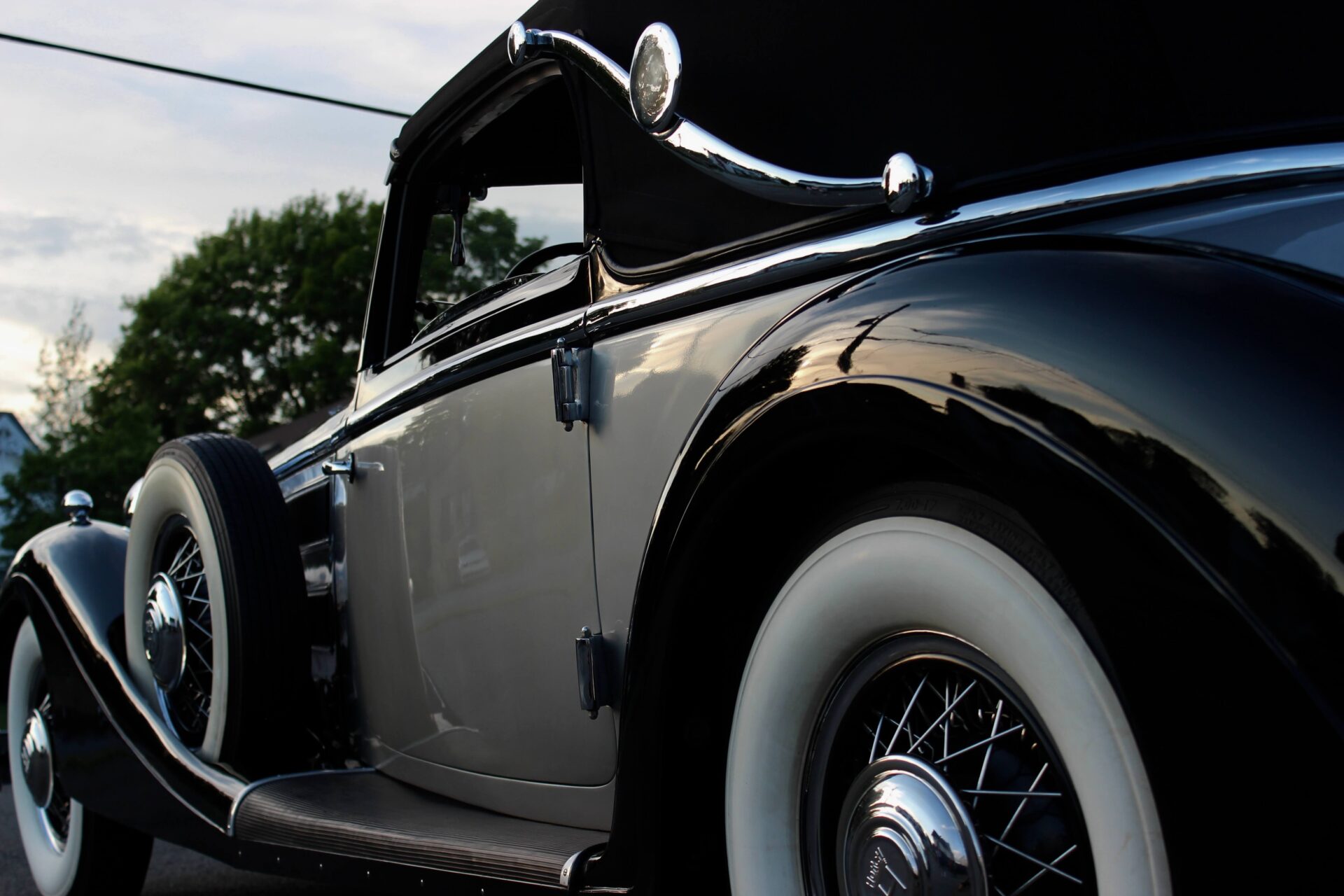
Recent posts
Lagonda 16/80 Special Six 1933
English Touring The car we present to you this week is the Lagonda 16/80 Special Six in the Demers Car Collection. Lagonda was a luxury British car brand that Aston Martin eventually absorbed. Through its association with Aston Martin, it is sometimes hard to remember...
An Introduction to Lagonda
Before Aston Martin “The history of Lagonda cars is synonymous with sophistication, opulence, and groundbreaking performance” - An article for Discovery UK Today, we may recognize the name Lagonda from its association with Aston Martin. Before these two brands...
Cadillac Model A 1903
The Standard of the World “No other American car on the market in the first decade of the century was constructed to higher standards than Cadillac.” - Stephen W. Sears in The Automobile in America Some of you may know that Cadillac has long had the slogan “Standard...
A Rare Beauty
“August Horch was among the pioneers of car manufacture in Germany.” – G. N. Georgano in The New Encyclopedia of Motorcars: 1885 to Present
One of the newest acquisitions by the Demers Car Collection is a rare find. The 1938 Horch Sport Cabriolet is a desirable design of pre-war Germany. Horch, with Mercedes-Benz and Maybach, produced some of the most luxurious German cars of the time. Indeed, the Horch 853 was the contemporary competitor to Mercedes-Benz’s famous 540K. A 540K won “Best of Show” at the last Pebble Beach Concours d’Élégance. Keep reading to learn more about August Horch, the creator of the brand, how Horch created Audi and to learn more about this particular car.
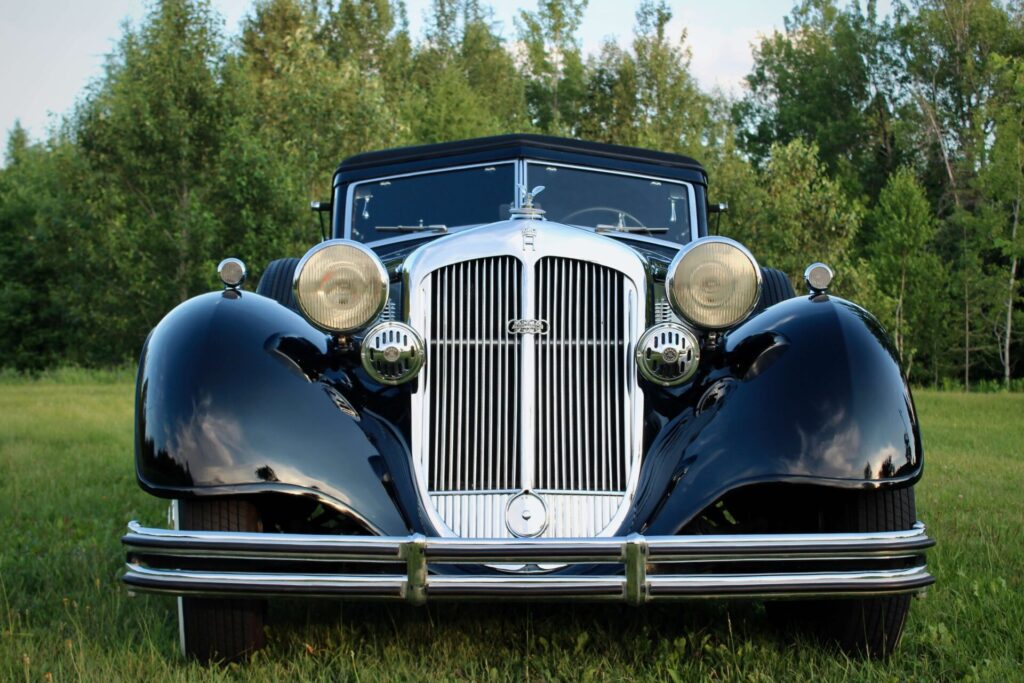
The Man Behind the Horch
August Horch was born in 1868 in Winningen, Germany. He was the son of a blacksmith and pursued engineering studies. Interested in the relatively new invention of the automobile, he worked for Benz Motorwagen and Co. for three years from 1896 to 1899. By the time he reached the level of production manager at the age of 30, he quit to open the August Horch Motorwagen Werke. Horch’s new company specialized in the maintenance, repair and transformation of motor vehicles. Over the years, he successfully invented and patented devices and car components that he designed into his first production cars. In 1903, production moved from the modest Cologne business to a larger factory in Zwickau. By 1904, Horch was the only viable German competitor to the luxury and sports cars produced by Mercedes-Benz.
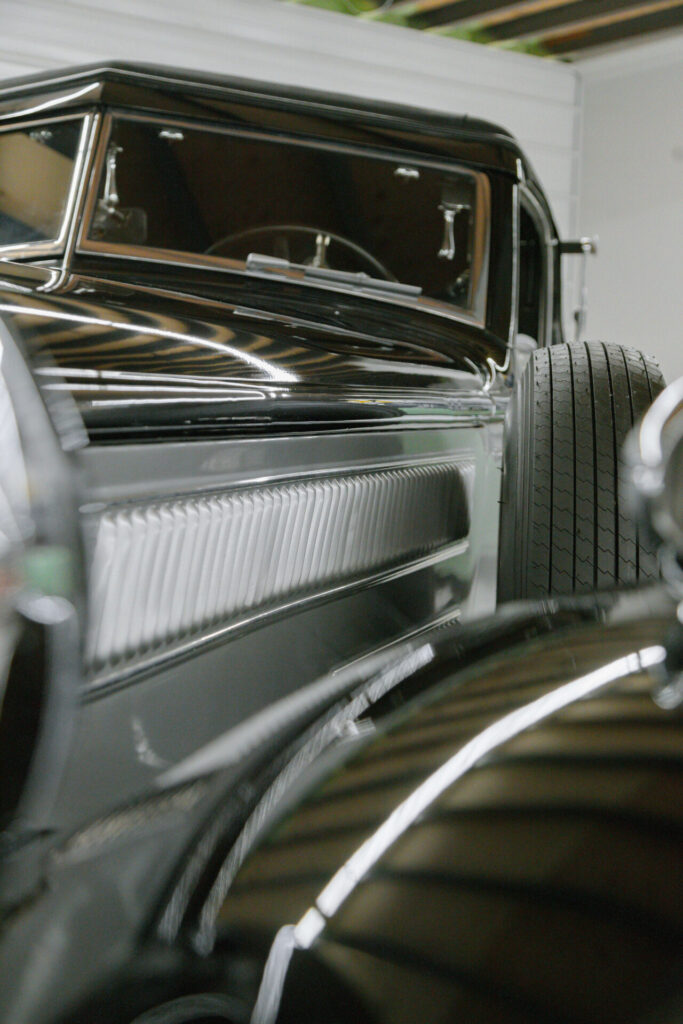
The Audi Connection
Due to disagreement with his investors, Horch ended up leaving the company he gave his name to in 1908. Horch quickly moved on and opened another car manufacturer called Audi in 1910. Audi is the Latin spelling of the German word Horch, which means “listen.” Horch was an excellent engineer, but he did not get along well with others. Due to more disagreements, he also had to quit Audi in 1920. He then worked for the Ministry of Economics in Berlin for some time.
In 1932, the Horch company merged with three other automakers to form the Auto Union conglomerate. This union consisted of the manufacturers of the brands Horch, Audi, DKW and Wanderer. The four rings of the current Audi logo symbolize these four companies coming together. August Horch eventually came back to the helm of the companies he created. He first returned as the head of the Horch division in 1933 and later became a member of the Auto Union board of directors.
Situated in East Germany Horch factories did not reopen after the Second World War. Of the four brands that formed the Auto Union, the conglomerate only resurrected Audi and DKW in 1949 with new locals in West Germany. In 1964, Volkswagenwerk AG took control of Auto Union. Today, only Audi is still recognizable, but before its name was translated to Latin, Audi was Horch of August Horch.
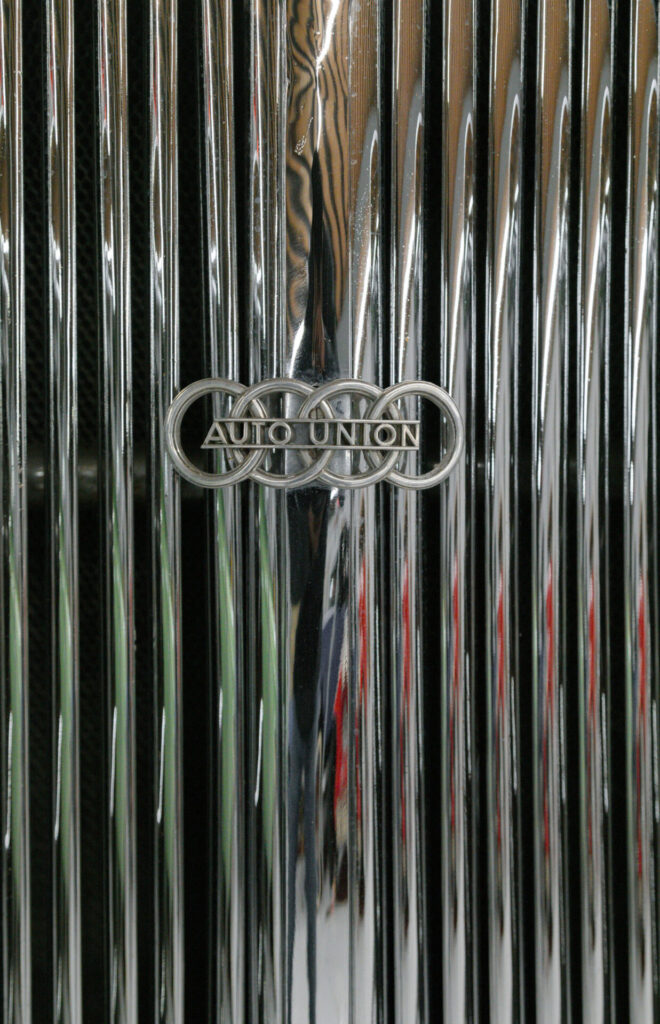
The Horch 853
Although the early history of this particular car is unknown, we believe it to be one of 647 units produced between 1935 and 1937 and commercialized between 1937 and 1940. It is a rare find. In Autoweek, Mark Vaughn claims that there are only 12 Horch 853s and 853 As still in the world today.
Speculations exist regarding the early ownership of this car. Luxury German cars were most loved by the high-ranking officers of the Wehrmacht, or the unified armed forces of Nazis Germany. Some believe that even Hitler’s wife drove a Horch. If you have watched the movie Schindler’s List, you may have noticed a Horch being driven by one of the Nazi generals. It is believed that this particular car was abandoned by the Wehrmacht and then requisitioned by a US Army Colonel who would bring it to the United States where it remained until its purchase by the Demers Car Collection.
Overall, the Horch 853 and 853 A were capable of 120 bhp. Weighting 1,850 kg or 2,5 tonnes, they were too heavy to be a real competitor to the Mercedes-Benz 540K. Their weight impeded acceleration and handling. But once it reached its cruising speed, it could comfortably and indefinitely ride at 120km/h and reach a maximum speed of 140 km/h. So although it is advertised as a sports car, it would be better described as a Grand Tourer.
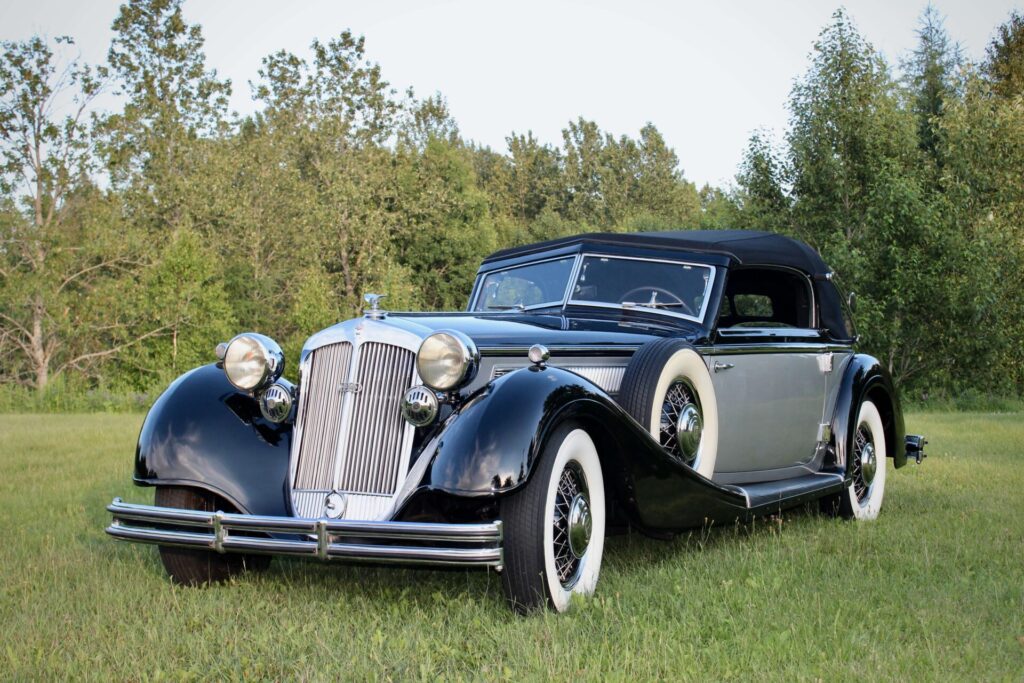
What Now?
This 1938 853 Sport Cabriolet is an important part of automobile history. This particular example has won the CCCA National First Prize Award in 1983 and was the first car to represent the Demers Car Collection at the Concours Élégance Trois-Rivières in 2022 where it won “Best of Show.” It was well maintained and loved by its previous owners and will continue to be taken care of by the Demers Car Collection. Don’t miss next week’s blog article where we’ll have the chance to hear expert advice from Joël Bouillon of Polyshine Innovation.
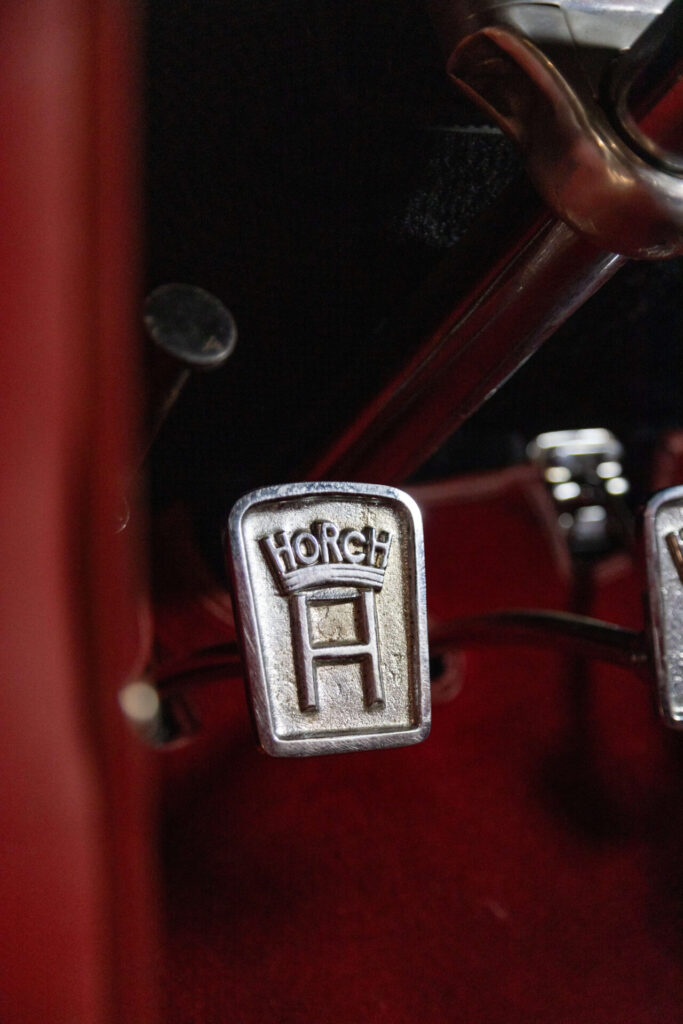
The Nitty Gritty
- 4.9-liter straight-eight-cylinder engine
- ZF four-speed transmission
- Double-jointed rear axle shafts
- Fully independent de Dion-type rear suspension
- Upper A-arm front suspension with lower hub carried by a pair of transverse leaf springs
- Vacuum-assisted hydraulic brakes
- Gläser standard body design
